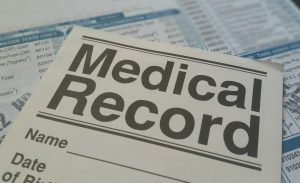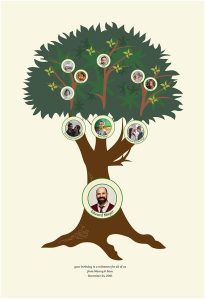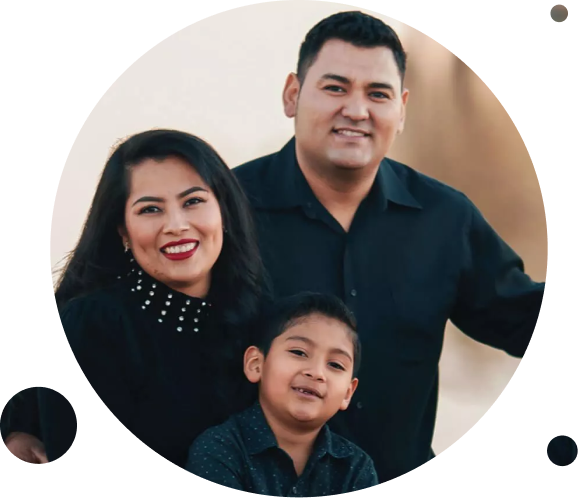10 Tips on How to Research a Family History

Researching family history can be an incredibly fulfilling undertaking. You get to meet relatives from the past, learn your roots, and discover fascinating stories that culminate in you being where you are. However, the task of ancestry mapping can be a daunting one. The sheer magnitude of the information you need to piece together can be overwhelming, or sometimes you may just not know where to begin. So here are ten tips to help you along.
List what you already know

You may be surprised by the wealth of information you already have in your possession. Systematically laying it down will help you cover the basics and lay the groundwork for further investigation. You can fill in any holes by talking to your immediate family, covering all the fundamental information, and then working backwards in time based on what you have gathered.
Search local sources

Local publications, like magazines and newspapers, often carry stories about residents in the area. A local TV station may provide you with archival footage, or a high school might have yearbooks, archives of school events, and other information. Apart from that, you can look up other sources in your area. These may be family friends, old schoolmates, teachers, neighbors or anyone that your family members may have had a connection to. One thing typically leads to another and you might stumble upon unexpected nuggets of information. In the process, you may for example, dig up old photos your family didn’t even know existed.
Scrutinize your closest relatives
Having covered your siblings, parents, and other local sources, you can cast your net a little bit further and start to include other close relatives. Cousins, aunts, uncles can all be a valuable source of information. Family stories, bits of information in documents like letters and other records that may have been squirreled away in forgotten boxes, and many other useful resources are all probably sitting in their homes. So take the time to have a sit-down and see what you can dig up. If nothing else, they may just lead you to other sources of information that you can follow up on later.
Family history portals
You may very well not be the first in your family to attempt to put your family history map together. There may be other family members who have charted your family history map using an online service. So taking a look through family portals or other genealogical tools might just pay dividends.
Browse documents

There are many publicly available resources that could go a long way in helping put together the information you research needs. For example, a government census of population gathers extensive data about each household. It lists precisely the kind of information you would need on your family history. You can find out who lived where and with whom. Along with lots of other information aside from the usual things like ages, genders, and such. You can learn what your ancestors’ jobs were, and even information about their property.
Image search of an ancestor

If you have a photograph of your ancestors, you can take advantage of the largest repository of information we have. The Internet. Search engine algorithms have become incredibly efficient at what they do. The amount of effort required to get results on your part is minimal. Even if there is only an outside chance, you want to make sure you leave no stone unturned. For more contemporary generations, they will most likely have a digital presence. So an image search is a great way to find out more or find more sources that will help direct your research.
Research your ancestors’ networks

There is a treasure trove of information in and around the people and social groups that your ancestors spent time with. Friends and acquaintances, people who went to school with them, worked with them, shared a religious faith or other such groups. Perhaps your relatives were members of some social clubs? Did they passionately follow a sport, or consistently pursue a hobby? Researching their networks, professional, educational, and social, is bound to reveal valuable information.
Get death records

As morbid as it may seem, death records are a vital source of information and – being at least a few decades more recent – are typically easier to obtain than birth records. This is, of course, assuming you are able to prove your relationship to the deceased and your right to that information. Death records will give you important details like the deceased’s close relatives, address, and the official cause of death. This is all crucial information for your own research, and is also helpful in tracking down other sources of information.
Follow death record clues
The information on the death record will lead you to the people who were closest to your relative. It will tell you where they lived, what their profession was, and even their burial place in some cases. All of this helps point you to the next step of your search.
Build your family tree

Once you have a wealth of information, you have to find an efficient way to illustrate it. One of the best ways is using a family tree. There are many different variations. The objective is the same – to help you show your family connections in an easily understandable way. People can immediately see who is related to whom, and delve a little deeper into their lives. It is a great way to summarize your family history in a way that is engaging and will keep everyone interested.
Conclusion
At first, the question of how to research family history can seem quite difficult. Sources of information may not be immediately obvious. This can make the task of accurately making your family tree seem like an extremely frustrating one. However, if you look in the right places, you will soon find that you are sitting on quite a considerable amount of the very information you need. And, with a bit of creativity and effort, you can easily get access to plenty more and end up with a rich, informative family history.





